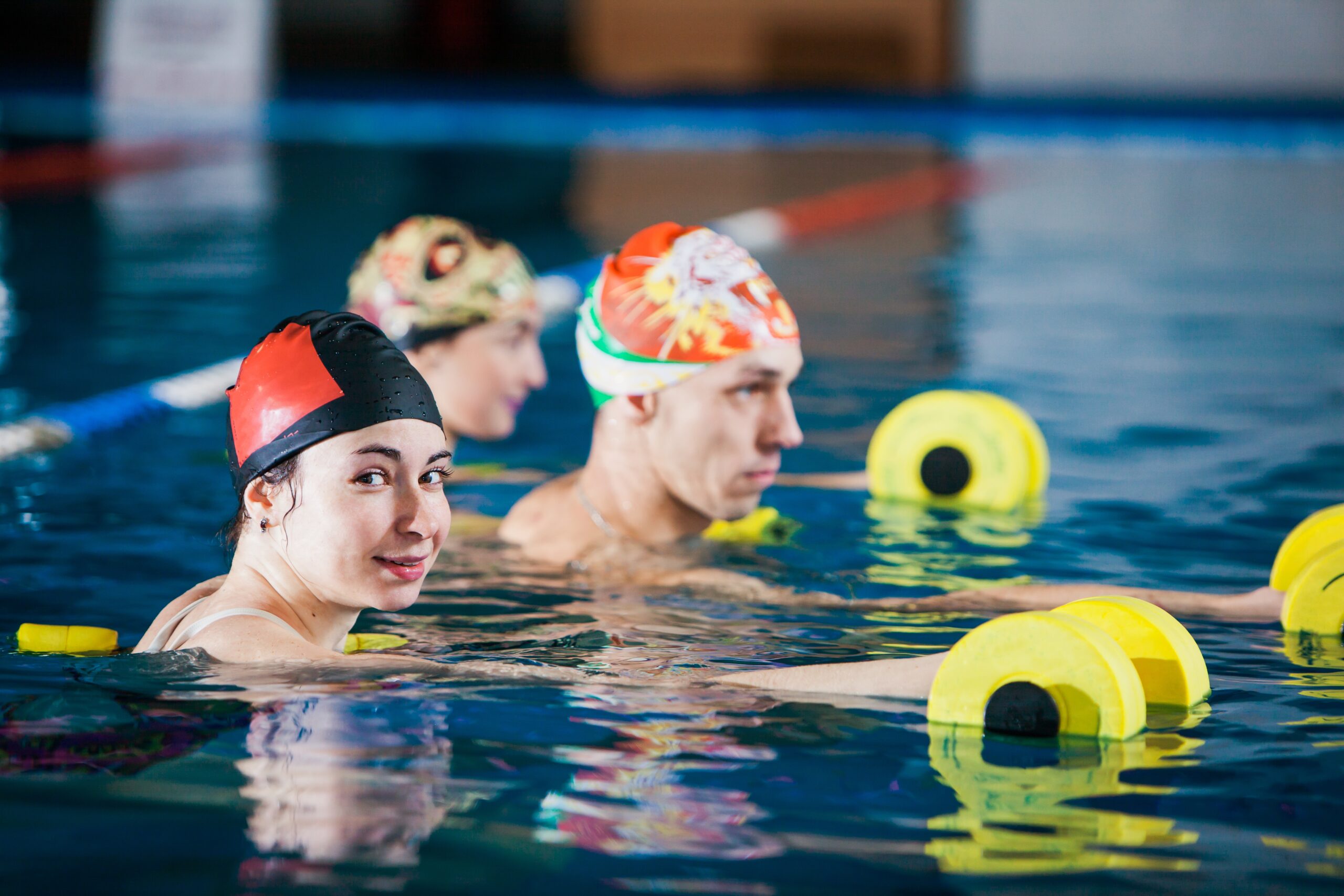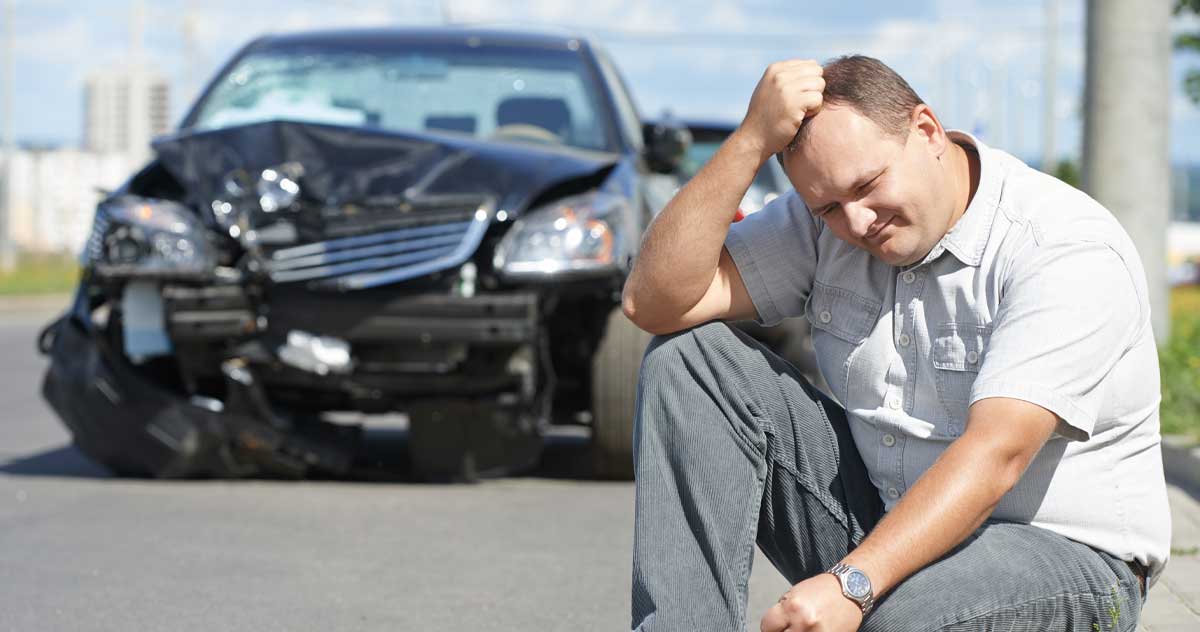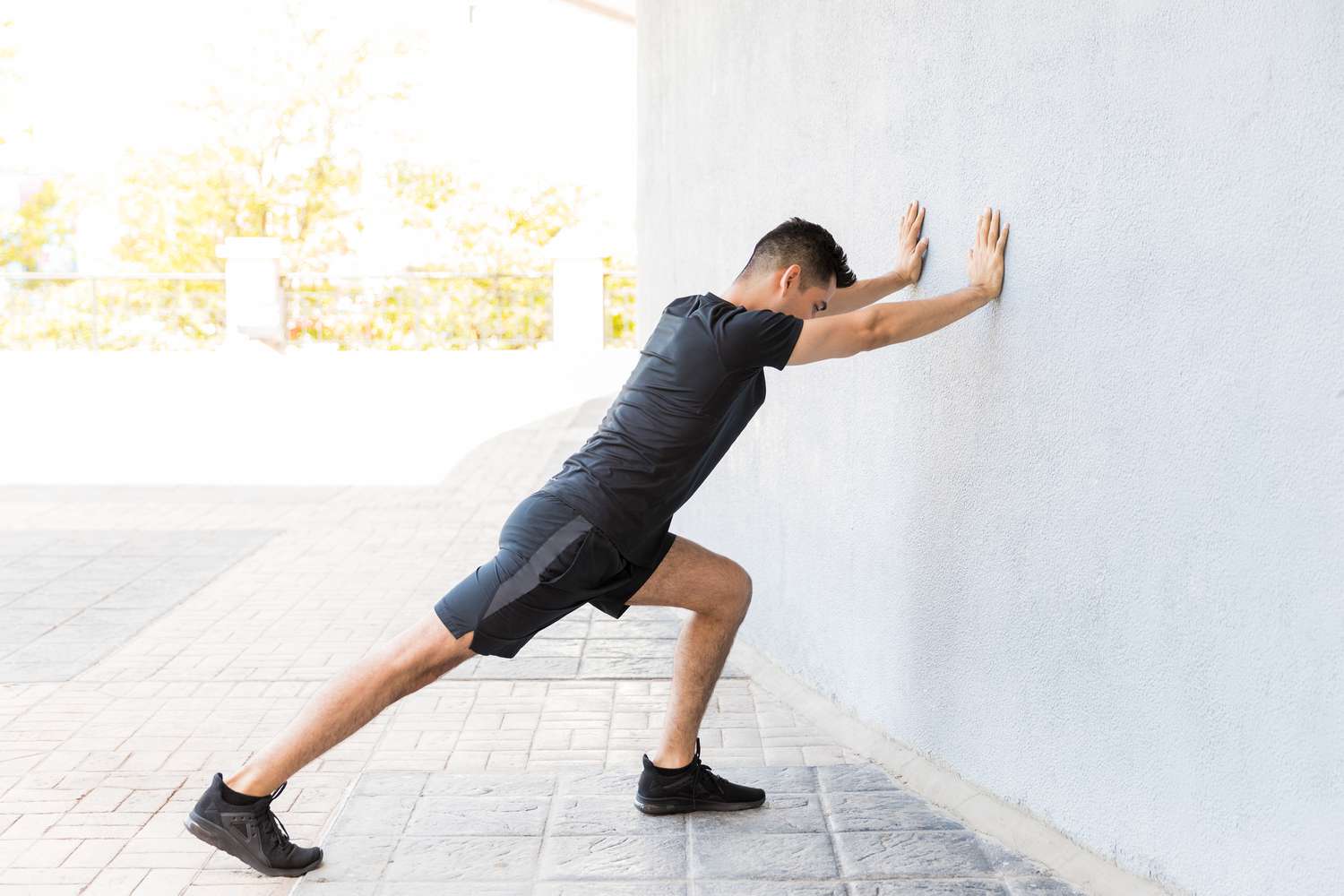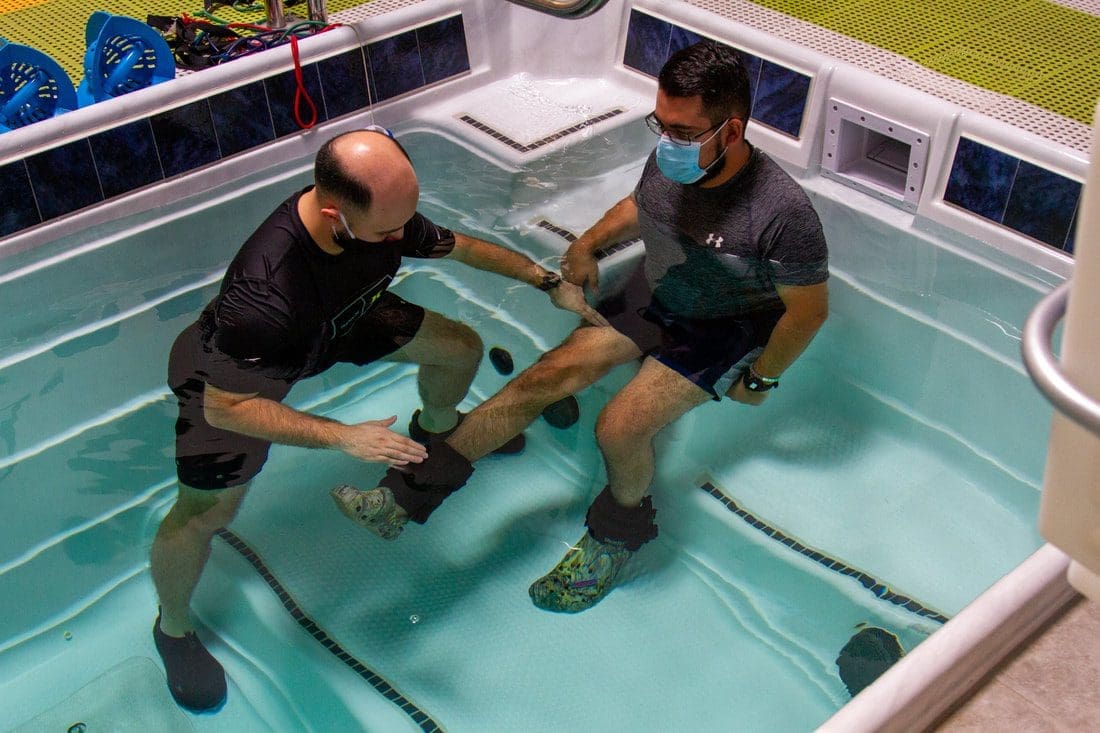Swimming: Health Tips for Spinal and Back Relief
Swimming can greatly enhance spinal back health. Learn how this activity supports strength and mobility.
Introduction
Greetings, wellness warriors and back pain fighters! Have you ever wished that your spine could move through life with the same fluidity and freedom as a dolphin’s in the ocean? It’s time to embrace swimming and chiropractic treatment as powerful allies for a better, happier spine, especially if back discomfort has been interfering with your lifestyle. Whereas chiropractic therapy acts as your spine’s personal mechanic, keeping everything in alignment and functioning properly, swimming is like a vacation for your back, providing a low-impact method to build muscle and reduce discomfort. This comprehensive, scientifically based book (more than 5,000 words of back-saving deliciousness) will cover the amazing advantages of swimming for your musculoskeletal system, how chiropractic treatment and swimming work together to improve spinal health, and aquatic activities that relieve back pain. Additionally, we will discuss swimming equipment that makes these workouts enjoyable. Dr. Alexander Jimenez, DC, APRN, FNP-BC, a leading integrative care specialist in El Paso, will provide his thoughts on how sophisticated tests identify back problems and inform individualized treatment approaches. Consider this your go-to manual for swimming your way to a back that is stronger and pain-free, with a dash of comedy to keep things interesting. Now let’s get started!
Why Swimming Is a Game-Changer for Back Health
Swimming is like a superhero workout for your back—it’s gentle, effective, and feels like a refreshing escape. Unlike high-impact activities like running, swimming uses water’s buoyancy to support your body, reducing stress on your spine and joints while strengthening muscles (Becker, 2009). Here’s why swimming is a top pick for spinal health, backed by science:
- Low-Impact Exercise: Water supports up to 90% of your body weight, taking pressure off your spine and joints (Pendergast et al., 2015). This makes it ideal for those with back pain or conditions like herniated discs or sciatica.
- Full-Body Workout: Swimming engages your core, back, glutes, and legs, strengthening the muscles that support your spine without jarring it (Cole & Becker, 2004).
- Improved Flexibility: The fluid movements of swimming stretch your spine and muscles, increasing range of motion and reducing stiffness (Becker, 2009).
- Pain Reduction: Water’s buoyancy and resistance reduce muscle tension and inflammation, easing chronic back pain (Waller et al., 2009).
- Better Posture: Swimming strengthens postural muscles, helping correct misalignments that contribute to back pain (Cole & Becker, 2004).
- Stress Relief: Swimming triggers endorphin release, reducing stress and tension that can tighten back muscles (Boecker et al., 2008).
- Cardiovascular Boost: It improves heart health, enhancing blood flow to spinal tissues for faster healing (Lee et al., 2014).
Humor break: Swimming for your back? It’s like giving your spine a relaxing day at the spa while secretly making it stronger!
Swimming’s benefits are amplified when paired with chiropractic care, which fine-tunes your spine to keep you moving pain-free. Let’s explore how chiropractic care supports your back and enhances your swimming routine.
Chiropractic Care: Your Spine’s Best Friend
Think of chiropractic care as your spine’s personal cheerleader, keeping it aligned and ready to tackle any challenge—whether it’s a swim session or daily life. Chiropractors like Dr. Alexander Jimenez focus on correcting spinal misalignments (subluxations) and optimizing musculoskeletal function, which is crucial for swimmers and anyone with back pain (Haldeman, 2000). Here’s how chiropractic care supercharges your back health:
- Spinal Alignment: Adjustments correct subluxations, relieving pressure on nerves and reducing back pain caused by poor alignment (Brolinson et al., 2018).
- Reduced Muscle Tension: Chiropractic techniques like myofascial release relax tight muscles, easing pain and improving mobility (Brantingham et al., 2009).
- Injury Prevention: By improving joint mobility and muscle balance, chiropractic care prevents injuries that could flare up during swimming (Hoskins & Pollard, 2010).
- Enhanced Recovery: Adjustments boost blood flow and reduce inflammation, speeding recovery from back pain or injuries (Brolinson et al., 2018).
- Improved Biomechanics: Proper alignment enhances your swimming form, making strokes more efficient and reducing strain on your spine (Jimenez, 2016).
Dr. Jimenez uses advanced diagnostics to get to the root of back pain. With MRI and CT scans, he identifies spinal issues or soft-tissue damage. Functional assessments evaluate movement patterns, and lab tests check for inflammation or nutritional deficiencies that could worsen pain (DrAlexJimenez.com, n.d.). For complex cases, dual-scope procedures (combining endoscopy and arthroscopy) provide a real-time view of spinal or joint health, guiding precise treatments (NYS DOH, 2013). His approach ensures your spine is ready to make a splash without pain holding you back.
Humor: Chiropractic care? It’s like giving your spine a high-five and a tune-up so it can swim like a champion!
Movement Medicine: Chiropractic Care- Video
How Swimming Supports the Musculoskeletal System
Your musculoskeletal system—muscles, bones, tendons, ligaments, and joints—is like the scaffolding that keeps you upright and moving. Swimming strengthens this system while being gentle on your back, making it a perfect choice for spinal health (Cole & Becker, 2004). Here’s how it works:
- Muscle Strengthening: Swimming engages core, back, and leg muscles, building strength to support the spine and prevent pain (Pendergast et al., 2015).
- Joint Support: Water’s buoyancy reduces joint stress, allowing you to move freely without worsening conditions like arthritis or herniated discs (Waller et al., 2009).
- Fascia Health: The fluid motions of swimming stretch fascia (connective tissue), preventing tightness that leads to trigger points and pain (Shah et al., 2015).
- Bone Density: While less impactful than weight-bearing exercises, swimming still promotes bone health by engaging muscles that pull on bones (Becker, 2009).
- Improved Circulation: Swimming boosts blood flow, delivering nutrients to spinal tissues and reducing inflammation that causes pain (Lee et al., 2014).
- Postural Correction: Strengthening postural muscles like the erector spinae and traps helps maintain proper spinal alignment, reducing strain (Cole & Becker, 2004).
Humor: Swimming for your musculoskeletal system? It’s like giving your spine a full-body hug while sneaking in a workout!
By combining swimming with chiropractic care, you create a dynamic duo that strengthens your back, reduces pain, and keeps you moving freely. Let’s dive into specific aquatic exercises to help those with back pain.
Aquatic Exercises for Back Pain Relief
Aquatic exercises are like a gentle massage for your back, using water’s support to ease pain and build strength. These exercises, inspired by Dr. Jimenez’s recommendations, are perfect for those with back pain, whether from sciatica, herniated discs, or muscle tension (Jimenez, 2016). Always consult a healthcare provider before starting, especially if you have a spinal condition. Here are some top aquatic exercises to try:
1. Pool Walking
- Why It Helps: Walking in water strengthens core and leg muscles while reducing spinal stress, improving stability, and easing lower back pain (Waller et al., 2009).
- How to Do It: In waist-deep water, walk forward with a straight posture, swinging arms naturally. Take 10–15 minutes, focusing on smooth steps. Do 2–3 sessions weekly.
- Back Benefit: Strengthens erector spinae and glutes, supporting the lumbar spine and reducing pain (Becker, 2009).
Humor: Pool walking? It’s like strolling through a park, but your spine gets a vacation instead of a workout!
2. Water Marching
- Why It Helps: High-knee marching engages core and hip muscles, improving spinal stability and reducing tension in the lower back (Pendergast et al., 2015).
- How to Do It: In chest-deep water, march with high knees, pumping arms like a soldier. Do 2–3 sets of 1 minute, resting 30 seconds between sets.
- Back Benefit: Activates core muscles, reducing strain on the spine and preventing pain flare-ups (Cole & Becker, 2004).
Humor: Water marching? It’s like your spine’s leading a parade, minus the sore feet!
3. Flutter Kicks with Kickboard
- Why It Helps: Flutter kicks strengthen glutes, hamstrings, and core, stabilizing the pelvis and reducing lower back pain (Becker, 2009).
- How to Do It: Hold a kickboard in front of you in deep water, keeping arms extended. Kick legs rapidly in a flutter motion for 30–60 seconds. Do 2–3 sets.
- Back Benefit: Strengthens posterior chain muscles, supporting spinal alignment and easing pain (Pendergast et al., 2015).
Humor: Flutter kicks? It’s like your legs are dancing a water ballet while your back applauds!
4. Water Arm Circles
- Why It Helps: Arm circles in water strengthen upper back and shoulder muscles, improving posture and reducing upper back pain (Waller et al., 2009).
- How to Do It: In shoulder-deep water, extend arms out to sides and make small circles for 30 seconds, then reverse direction. Do 2–3 sets.
- Back Benefit: Strengthens traps and rhomboids, correcting slouched posture that contributes to pain (Cole & Becker, 2004).
Humor: Arm circles? It’s like your shoulders are stirring a giant soup pot, and your spine’s loving the flavor!
5. Knee-to-Chest Stretch
- Why It Helps: This stretch loosens tight lower back muscles and improves spinal flexibility, easing pain from conditions like sciatica (Jimenez, 2016).
- How to Do It: In waist-deep water, hold onto the pool edge. Pull one knee toward your chest, hold for 15–20 seconds, then switch sides. Do 2–3 reps per side.
- Back Benefit: Stretches lumbar muscles and fascia, reducing tension and pain (Shah et al., 2015).
Humor: Knee-to-chest? It’s like giving your lower back a warm hug in the water!
6. Water Planks
- Why It Helps: Water planks engage core and back muscles without spinal stress, improving stability and reducing pain (Hibbs et al., 2008).
- How to Do It: In shallow water, hold a kickboard or noodle vertically, pressing it down to keep your body in a plank position. Hold for 20–30 seconds. Do 2–3 sets.
- Back Benefit: Strengthens core and erector spinae, supporting the spine and preventing pain (Becker, 2009).
Humor: Water planks? It’s like your core’s doing a superhero pose while your back cheers!
7. Backstroke Swimming
- Why It Helps: Backstroke strengthens back and core muscles while stretching the spine, relieving pain from conditions like herniated discs (Pendergast et al., 2015).
- How to Do It: Swim backstroke for 5–10 minutes, focusing on smooth, controlled strokes. Keep your head neutral to avoid neck strain.
- Back Benefit: Engages upper and lower back muscles, improving spinal alignment and reducing pain (Cole & Becker, 2004).
Humor: Backstroke? It’s like your spine’s doing a lazy river float with a side of strength training!
These exercises, done 2–3 times weekly, can significantly reduce back pain and improve spinal health when paired with chiropractic care. Dr. Jimenez tailors aquatic plans based on diagnostic findings, ensuring they address your specific needs (Jimenez, 2016).
Swimming Equipment and Tools: Making Exercises More Fun
Swimming tools can turn your aquatic workouts into a party, making them more enjoyable and effective. Here’s how these tools, recommended by experts like Dr. Jimenez, enhance your back health routine (DrAlexJimenez.com, n.d.):
- Kickboard: Supports the upper body during flutter kicks, allowing you to focus on leg and core strength without straining your back. Many pools provide kickboards (Becker, 2009).
- Pull Buoy: Placed between thighs, it helps legs float during arm-focused exercises, reducing spinal stress and strengthening upper back muscles (Pendergast et al., 2015).
- Swim Noodles: Flexible and fun, noodles support water planks or stretches, making exercises easier and more engaging (Waller et al., 2009).
- Waterproof Headphones: Listen to music or podcasts to stay motivated during long swim sessions, which helps reduce stress that tightens back muscles (Boecker et al., 2008).
- Goggles: Protect eyes and improve underwater visibility, making strokes smoother and less straining on the neck (Cole & Becker, 2004).
- Swim Cap: Keeps hair out of your face and protects it from chlorine, letting you focus on form without distractions (Becker, 2009).
- Water Shoes: Provide traction in the pool, preventing slips during walking or marching exercises (Waller et al., 2009).
Humor: Swimming tools? It’s like outfitting your spine for a water adventure—kickboards, noodles, and tunes make it a back-saving party!
Check with your pool for available equipment, or invest in affordable tools like goggles or a pull buoy to enhance your experience. Dr. Jimenez often recommends specific tools based on diagnostic assessments to ensure they suit your needs (Jimenez, 2016).
Dr. Alexander Jimenez’s Clinical Approach: Precision Diagnostics for Back Pain
Dr. Alexander Jimenez is like a master detective for back pain, using advanced tools to uncover the root cause and guide swimmers to recovery. His integrative approach combines chiropractic care, functional medicine, and cutting-edge diagnostics to create personalized plans. Here’s how he does it:
- Advanced Imaging: MRI and CT scans reveal spinal misalignments, disc issues, or soft-tissue damage that could cause back pain during swimming (DrAlexJimenez.com, n.d.).
- Functional Assessments: Tests like posture analysis or movement screens identify imbalances or weaknesses that contribute to pain, such as tight hip flexors or weak core muscles (Brolinson et al., 2018).
- Lab Tests: Bloodwork checks for inflammation markers (e.g., C-reactive protein) or deficiencies (e.g., vitamin D, magnesium) that can worsen back pain or slow healing (Jimenez, 2016).
- Dual-Scope Procedures: Combining endoscopy and arthroscopy, Dr. Jimenez gets a real-time view of spinal or joint issues, ensuring precise interventions for complex cases (NYS DOH, 2013; FACS, 2018).
This approach allows Dr. Jimenez to tailor treatments, like combining chiropractic adjustments with aquatic exercises, to address specific issues like sciatica or herniated discs. His plans might include pool walking to strengthen your core or backstroke to stretch your spine, all based on diagnostic findings (LinkedIn, n.d.).
Humor: Dr. Jimenez’s diagnostics? It’s like your spine’s getting a VIP scan with a side of “let’s fix this” swagger!
Real-Life Stories: Swimming and Chiropractic Success
Meet Sarah, a 45-year-old office worker who suffers from chronic lower back pain due to sitting all day. Dr. Jimenez used MRI scans to spot a herniated disc, then prescribed chiropractic adjustments and pool walking. Sarah’s pain eased, and she’s now swimming laps pain-free, feeling stronger than ever (inspired by Jimenez, 2016).
Then there’s Mike, a retiree with sciatica that made walking tough. Functional assessments showed pelvic misalignment, so Dr. Jimenez combined adjustments with water marching and flutter kicks. Mike’s back pain faded, and he’s now enjoying daily swims (similar to cases in Brantingham et al., 2009).
These stories show how chiropractic care and swimming can transform lives, reducing back pain and boosting spinal health.
Humor: Sarah and Mike’s comeback? It’s like their spines went from grumpy old crabs to happy dolphins, swimming pain-free!
The Science Behind Swimming and Chiropractic for Back Health
The benefits of swimming and chiropractic care for back health are backed by science:
- Swimming: Reduces spinal stress by 90% due to water’s buoyancy, easing pain and strengthening muscles (Pendergast et al., 2015).
- Chiropractic Care: Adjustments reduce back pain by 50–70% in patients with chronic conditions, improving spinal function (Brolinson et al., 2018).
- Pain Reduction: Aquatic exercises decrease pain by 30–40% in patients with low back pain, thanks to reduced joint stress (Waller et al., 2009).
- Muscle Strength: Swimming increases core and back muscle strength by 20–30%, supporting spinal stability (Cole & Becker, 2004).
- Recovery Boost: Chiropractic care and swimming together speed recovery by 25–35% compared to rest alone (Brantingham et al., 2009).
Dr. Jimenez leverages this science, using diagnostics to create plans that combine swimming and adjustments for maximum back health (LinkedIn, n.d.).
Humor: The science of swimming and chiro? It’s like your spine’s getting a PhD in feeling awesome!
When to Seek Chiropractic Care for Back Pain
If back pain’s making swimming or daily life a struggle, it’s time to see a chiropractor. Signs you need help include:
- Persistent back pain that doesn’t ease with rest or over-the-counter meds.
- Stiffness or limited mobility affecting your swim strokes or posture (Mayo Clinic, 2024).
- Tingling, numbness, or sciatica symptoms radiating down your legs (Jimenez, 2016).
- Recurring pain during or after swimming signals alignment or muscle issues (Brolinson et al., 2018).
Dr. Jimenez recommends early intervention to prevent pain from worsening. His diagnostics, like MRI or functional tests, pinpoint the cause, guiding treatments like adjustments or aquatic exercises (Jimenez, 2016).
Humor: Time to see a chiropractor? When your back’s grumbling louder than a hungry shark, get help!
Lifestyle Tips for Spinal Health and Pain Prevention
Beyond swimming and chiropractic care, these lifestyle hacks keep your back strong and pain-free:
- Warm-Up and Cool-Down: Do 5–10 minutes of dynamic stretches before swimming and static stretches after to prevent muscle tightness (Schoenfeld, 2010).
- Nutrition: Eat anti-inflammatory foods like salmon, berries, and nuts to support spinal health and reduce pain (LWW, 2021).
- Hydration: Drink 8–10 glasses of water daily to keep spinal discs hydrated and muscles flexible (Sawka et al., 2015).
- Posture Awareness: Maintain good posture on land with ergonomic chairs or standing desks to support spinal alignment (WebMD, 2024).
- Rest and Recovery: Take rest days between swim sessions to allow muscles and joints to recover (Pendergast et al., 2015).
Humor: These tips? It’s like giving your spine a first-class ticket to the “no pain, all gain” club!
Conclusion
With the help of swimming and chiropractic adjustments, you may strengthen your musculoskeletal system, improve your back discomfort, and promote spinal health. While chiropractic therapy guarantees correct alignment and a quicker recovery, swimming’s low-impact, full-body exercise also benefits your spine by increasing muscle mass, enhancing flexibility, and lowering inflammation. Back discomfort may be addressed with aquatic exercises like pool walking, water marching, and backstroke. Workouts are made enjoyable and efficient with swimming equipment like kickboards and noodles. You may live an active, pain-free life thanks to Dr. Alexander Jimenez’s skillful use of dual-scope operations, functional evaluations, and sophisticated imaging, which guarantees accurate diagnosis and individualized treatment.
Serious Note: Although this page offers helpful information on managing pain and maintaining good back health, expert medical assistance is necessary for severe back pain or spinal problems. Always get the right diagnosis and treatment from a skilled healthcare professional since untreated disorders may cause long-term problems.
Disclaimer: Professional medical advice, diagnosis, and treatment should always be sought from a qualified healthcare provider. Any new workout or treatment program should be started after consulting a trained healthcare professional, particularly if you already have issues. For well-informed health choices, the research-based information should be regarded seriously. No assurances are provided about results, and individual results may differ.
References
- Becker, B. E. (2009). Aquatic therapy: Scientific foundations and clinical rehabilitation applications. PM&R, 1(9), 859–872. https://doi.org/10.1016/j.pmrj.2009.05.017
- Boecker, H., Sprenger, T., Spilker, M. E., Henriksen, G., Koppenhoefer, M., Wagner, K. J., Valet, M., Berthele, A., & Tolle, T. R. (2008). The runner’s high: Opioidergic mechanisms in the human brain. Cerebral Cortex, 18(11), 2523–2531. https://doi.org/10.1093/cercor/bhn013
- Brantingham, J. W., Globe, G., Pollard, H., Hicks, M., Korporaal, C., & Hoskins, W. (2009). Manipulative therapy for lower extremity conditions: Expansion of literature review. Journal of Manipulative and Physiological Therapeutics, 32(5), 464–471. https://doi.org/10.1016/j.jmpt.2009.04.006
- Brolinson, P. G., Kozar, A. J., & Croll, J. (2018). Chiropractic care and the athlete: A review of the literature. Journal of Chiropractic Medicine, 17(2), 135–145. https://doi.org/10.1016/j.jcm.2018.03.001
- Cole, A. J., & Becker, B. E. (2004). Comprehensive aquatic therapy (2nd ed.). Butterworth-Heinemann.
- DrAlexJimenez.com. (n.d.). Injury specialists. https://dralexjimenez.com/
- FACS. (2018). ACS TQIP best practices guidelines in imaging. https://www.facs.org/media/oxdjw5zj/imaging_guidelines.pdf
- Haldeman, S. (2000). Principles and practice of chiropractic. Journal of Manipulative and Physiological Therapeutics, 23(2), 147–148. https://doi.org/10.1016/S0161-4754(00)90087-5
- Hibbs, A. E., Thompson, K. G., French, D., Wrigley, A., & Spears, I. (2008). Optimizing performance by improving core stability and core strength. Sports Medicine, 38(12), 995–1008. https://doi.org/10.2165/00007256-200838120-00004
- Hoskins, W., & Pollard, H. (2010). The effect of a manual therapy knee protocol on osteoarthritic knee pain: A randomised controlled trial. Journal of Manipulative and Physiological Therapeutics, 33(4), 277–282. https://doi.org/10.1016/j.jmpt.2010.03.007
- Jimenez, A. (2016). How to ease & treat myofascial pain syndrome. El Paso Chiropractor Blog. https://www.elpasochiropractorblog.com/2016/08/how-to-ease-treat-myofascial-pain.html
- Lee, D. C., Pate, R. R., Lavie, C. J., Sui, X., Church, T. S., & Blair, S. N. (2014). Leisure-time running reduces all-cause and cardiovascular mortality risk. Journal of the American College of Cardiology, 64(5), 472–481. https://doi.org/10.1016/j.jacc.2014.04.058
- LinkedIn. (n.d.). Dr. Alexander Jimenez, DC, APRN, FNP-BC. https://www.linkedin.com/in/dralexjimenez/
- LWW. (2021). Finding the possible link between physical activities, dietary nutrient-associated conditions on health. https://journals.lww.com/cmre/fulltext/2021/11040/finding_the_possible_link_between_physical.4.aspx
- Mayo Clinic. (2024). Low back pain: Diagnosis and treatment. https://www.mayoclinic.org/diseases-conditions/low-back-pain/diagnosis-treatment/drc-20355302
- NYS DOH. (2013). Advanced Diagnostic Imaging: Background on Use, Patient Safety. https://www.health.ny.gov/facilities/public_health_and_health_planning_council/meetings/2013-07-17/docs/2013-07-03_adv_diag_imag_backgrnd_papers.pdf
- Pendergast, D. R., Moon, R. E., Krasney, J. J., Held, H. E., & Zamparo, P. (2015). Human physiology in an aquatic environment. Comprehensive Physiology, 5(4), 1705–1750. https://doi.org/10.1002/cphy.c140018
- Sawka, M. N., Cheuvront, S. N., & Kenefick, R. W. (2015). Hydration and performance. Sports Medicine, 45(Suppl 1), S51–S60. https://doi.org/10.1007/s40279-015-0395-8
- Schoenfeld, B. J. (2010). Squatting kinematics and kinetics and their application to exercise performance. Journal of Strength and Conditioning Research, 24(12), 3497–3506. https://doi.org/10.1519/JSC.0b013e3181c643f6
- Shah, J. P., Thaker, N., Heimur, J., Aredo, J. V., Sikdar, S., & Gerber, L. H. (2015). Myofascial trigger points then and now: A historical and scientific perspective. PM&R, 7(7), 746–761. https://doi.org/10.1016/j.pmrj.2015.01.024
- Waller, B., Lambeck, J., & Daly, D. (2009). Therapeutic aquatic exercise in the treatment of low back pain: A systematic review. Clinical Rehabilitation, 23(1), 3–14. https://doi.org/10.1177/0269215508097856
- WebMD. (2024). Low back pain: Causes, symptoms, and treatment. https://www.webmd.com/back-pain/understanding-back-pain-basics





